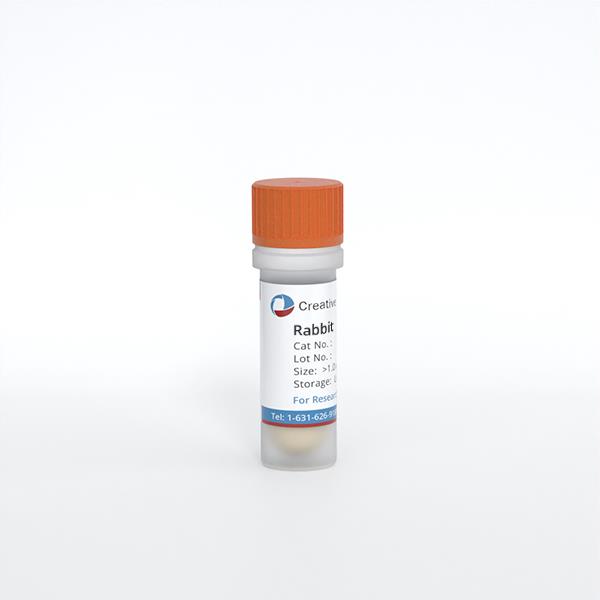Featured Products
Hot Products
ONLINE INQUIRY

Rabbit Small Intestinal Fibroblasts
Cat.No.: CSC-C4944L
Species: Rabbit
Source: Small Intestine; Intestine
Cell Type: Fibroblast
- Specification
- Q & A
- Customer Review
Cat.No.
CSC-C4944L
Description
Rabbit Intestinal Fibroblasts are isolated from intestinal tissue of New Zealand White Rabbit.
Species
Rabbit
Source
Small Intestine; Intestine
Recommended Medium
Cell Type
Fibroblast
Disease
Normal
Storage and Shipping
Creative Bioarray ships frozen cells on dry ice. On receipt, immediately transfer frozen cells to liquid nitrogen (-180 °C) until ready for experimental use.
Never can cryopreserved cells be kept at -90 °C.
Never can cryopreserved cells be kept at -90 °C.
Citation Guidance
If you use this products in your scientific publication, it should be cited in the publication as: Creative Bioarray cat no. If your paper has been published, please click here to submit the PubMed ID of your paper to get a coupon.
Ask a Question
Write your own review
Related Products

